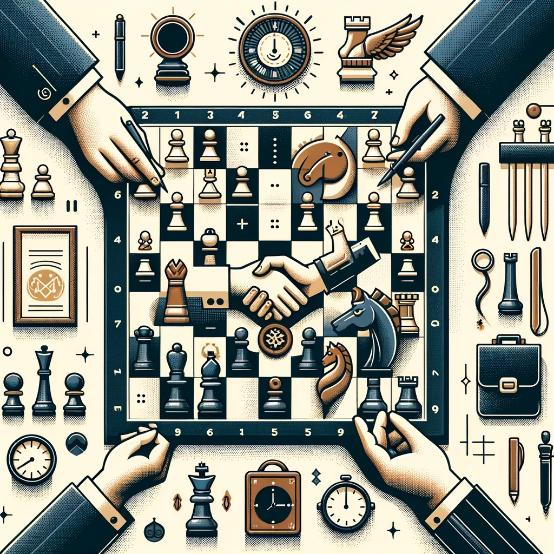Chess Pieces: Understanding Their Roles and Movement
The Basics
Chess is a strategic board game that has been played for centuries and continues to be a popular game today. The objective of the game is to capture your opponent´s king while protecting your own. The game is played on a checkered board with 64 squares, each player starting with 16 pieces of different types and functions. In this guide, we will explore the roles and movements of each chess piece to help you understand the game better.
Pawns
Pawns are the most numerous and perhaps the least powerful pieces on the chessboard. They are represented by small, short pieces and are essential for starting the game. Pawns are initially placed in front of the other pieces, forming the front line of defense. They can only move forward, one square at a time. However, pawns have a special move where they can move two squares forward on their first turn. Pawns are also the only pieces that capture differently than they move. They capture by moving diagonally, one square at a time, in front of them. Pawns also have a unique feature called “en passant,” which allows them to capture their opponents´ pawns under specific circumstances.
Rooks
Rooks are tall, narrow pieces that are placed at the corners of the chessboard. They are also known as “castles” and are often considered the strongest chess pieces because of their ability to move in a straight line vertically and horizontally, as far as they want. Rooks can also capture opponents´ pieces by moving into their position. It is essential to keep rooks close to each other to protect them from being taken from the sides. Rooks are vital in “castling,” a defensive strategy where the king and rook switch places to improve the king´s safety.
Knights
Knights are the only chess pieces that can jump over other pieces on the board. They are characterized by their intricate shape, often resembling a horse with a split head. Knights are the only chess pieces that can move across the board diagonally and are typically placed on the second row from the end of the board. They are also the only pieces that can change direction during their movement. Knights move in an “L” shape, two squares in one direction and one square perpendicularly. They are also the only pieces that can capture a piece in their direct line of movement.

